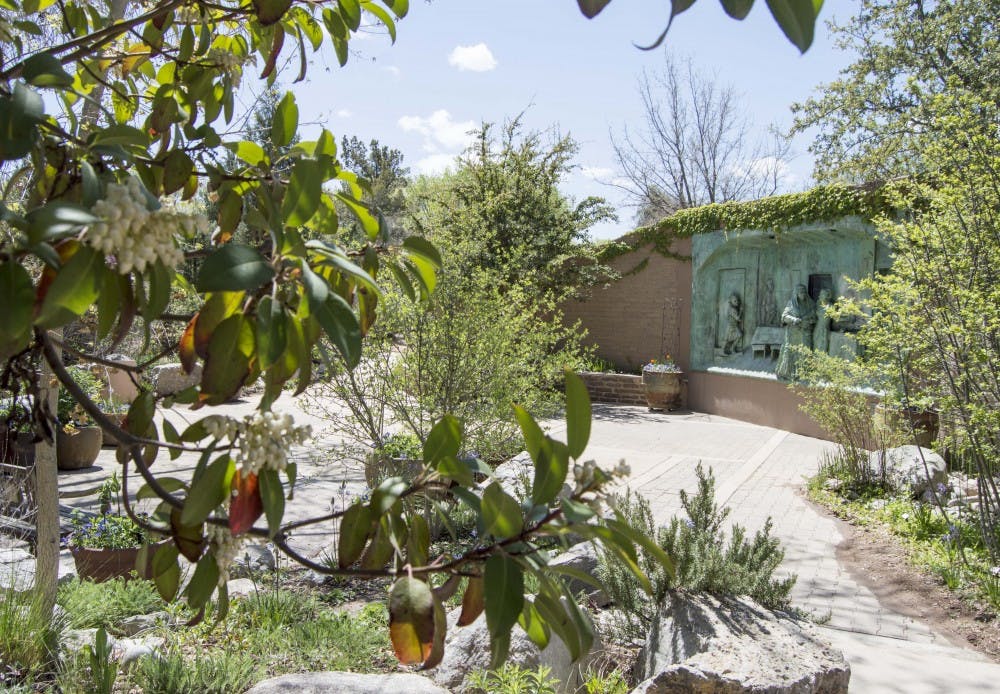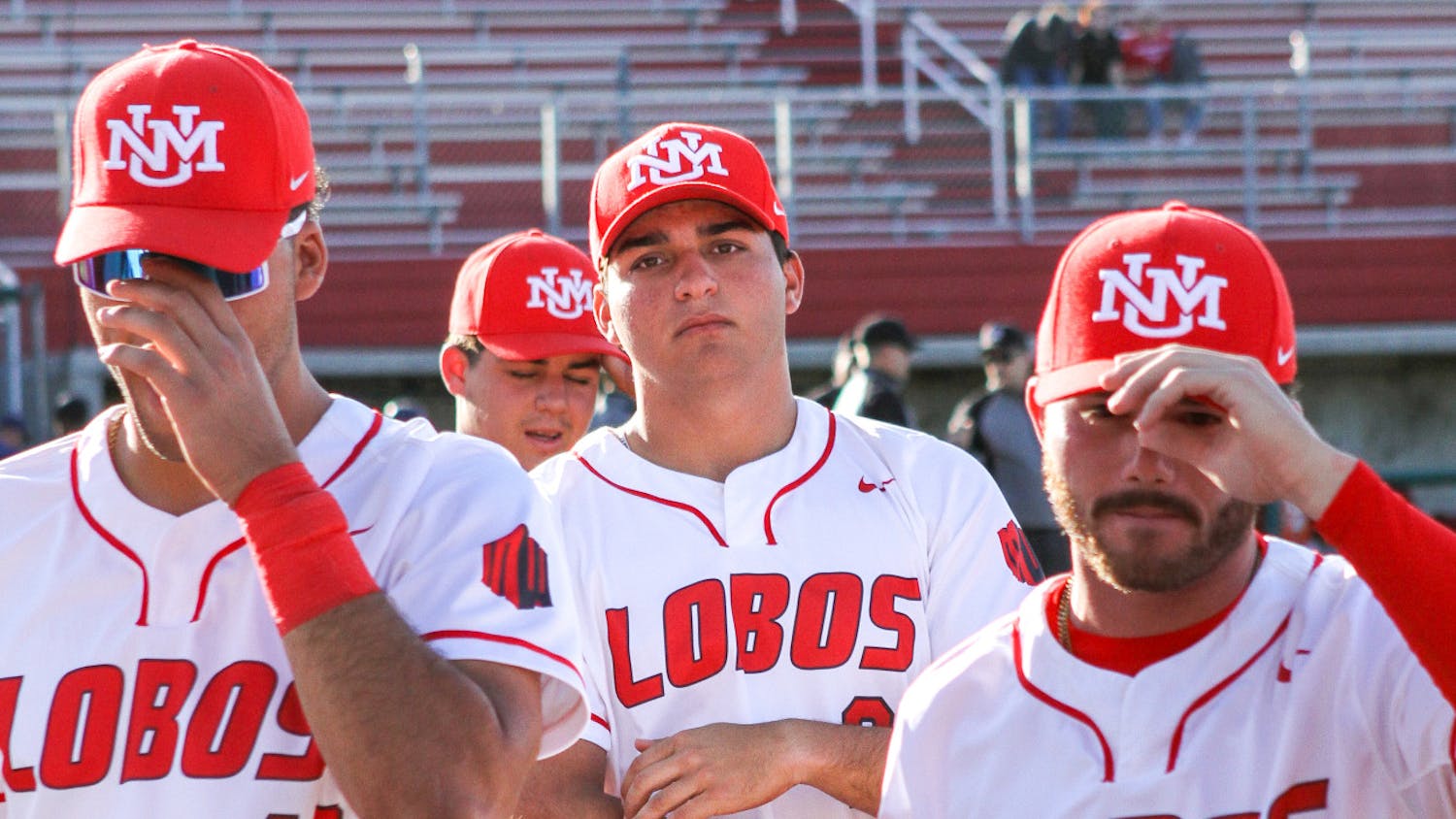culture@dailiylobo.com
@StephenMontoya9
The seeds of an ancient tradition are sprouting at the Albuquerque Botanic Garden and BioPark.
Out of respect for the mythical practice of curanderismo, the BioPark has devoted an entire section of its grounds to growing the plants that have been vital to this ritual of natural healing.
Maria Thomas, an assistant curator at the BioPark, said she wants to give a strong representation of the native plants that would have been used in the traditional healing practices of a curandera.
The BioPark has put together a collection of healing herbs from all over the world, she said. Larger placards indicate the plants that have to do with native New Mexican healing, while smaller placards are placed on plants that are used for healing in general.
“It’s about slowing down and understanding the plants and how they grow,” Thomas said.
Many curanderas — a Spanish term for folk healers — have visited the garden to show their support and to instruct the public on how to look for these healing plants in the wild, she said.
“One curandera talked about having these conversations with the plants, and that is how you know what their properties are — because they tell you,” Thomas said. “When you say that outright, people kind of look at you funny.”
The curandera garden was commissioned in 1998 and has been well received by healers and the public, she said.
“The energy of the plants is very healing down here, and so people will stay and enjoy the tranquility,” Thomas said.
She added that people who view holistic healing and the premise of this garden as witchcraft are not taking time to understand the tradition.
“There is no witchcraft voodoo element at all,” Thomas said. “It’s just that misconception that comes from lack of education about what it is that a curandera does.”
Get content from The Daily Lobo delivered to your inbox
Rudoflo Anaya, author of “Bless Me Ultima,” is no stranger to the misinterpretation of this southwestern tradition.
“Bless Me Ultima’s” plot is centered on curanderismo, and it is one of the most challenged books in the U.S. according to favoritebannedbooks.com. The book elicits many complaints, the most frequent of which regard religion: critics have cited the book as being irreverent, anti-Catholic or pagan in nature.
Anaya said the tradition of curanderismo in the Southwest has nothing to do with the occult, or even with religion.
“Before doctors came to New Mexico all families here had someone in the family — a mother who took care of the medical problems of the people in the community, both physical and mental problems,” Anaya said.
There is a difference between what a doctor can do and what a practiced curandera can do, he said.
“The doctor may not be into all the herbal remedies that have been passed down through the ages,” Anaya said. “The doctor probably doesn’t use prayer, which is very important in the role of the curandera.”
Anaya said he thinks it ridiculous that people call the practice witchcraft.
“The curandera helping the community is as old as mankind,” he said. “There have always been healers in every culture of the world, they’ve been there and I’m glad to say they still are.”
Diane Camillo, a practicing curandera, said she has always felt an innate capacity for healing.
In 1998 she was diagnosed with melanoma and doctors suggested amputating her arm as a preventative measure, she said.
“That was certainly not something I wanted to participate in, and so for four months I completely immersed myself in a holistic treatment that was specifically for skin cancer, and I managed to heal myself,” Camillo said.
Camillo is known mostly for practicing ‘limpia,’ which means cleaning, she said.
“I was born into this,” she said. “My grandmother was a curandera and there were many of us children with her when we were young, and any time we had an illness she always healed us.”
The curandera garden at the BioPark has tremendous value in its aesthetics, its fragrance, and the energy of the living plants, she said.
“This garden provides recognition of how plants provide beauty and nurturing,” Camillo said.






